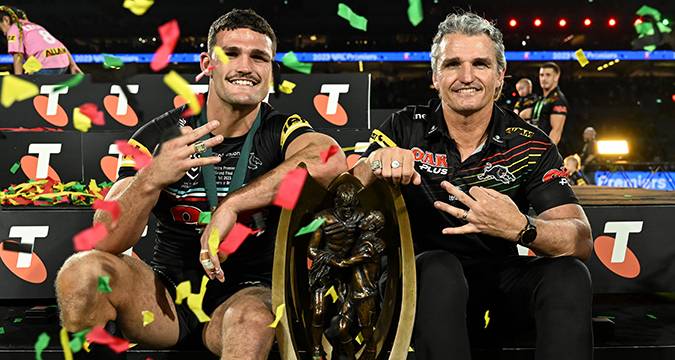 ANYONE who watched a thrilling NRL Grand Final on Sunday morning our time would have seen Penrith Panthers grab a late winning try, scored by their star player Nathan Cleary, to win the Premiership for the third year in succession.
And it's no surprise that the Panthers have become the dominant team in the NRL.
Back in 2011 they adopted the m
ANYONE who watched a thrilling NRL Grand Final on Sunday morning our time would have seen Penrith Panthers grab a late winning try, scored by their star player Nathan Cleary, to win the Premiership for the third year in succession.
And it's no surprise that the Panthers have become the dominant team in the NRL.
Back in 2011 they adopted the m Talking Rugby League: Penrith Panthers set a template few in Super League follow
 ANYONE who watched a thrilling NRL Grand Final on Sunday morning our time would have seen Penrith Panthers grab a late winning try, scored by their star player Nathan Cleary, to win the Premiership for the third year in succession.
And it's no surprise that the Panthers have become the dominant team in the NRL.
Back in 2011 they adopted the m
ANYONE who watched a thrilling NRL Grand Final on Sunday morning our time would have seen Penrith Panthers grab a late winning try, scored by their star player Nathan Cleary, to win the Premiership for the third year in succession.
And it's no surprise that the Panthers have become the dominant team in the NRL.
Back in 2011 they adopted the m 